The world is changing rapidly, and India is no exception. With its diverse consumer base, booming economy, and increasing digital penetration, the Indian market presents unique challenges and opportunities for market research. The traditional methods of gathering and analysing data are not enough anymore, especially with the massive amount of online information. This is where Artificial Intelligence comes into play —a game-changer that can help researchers tackle these challenges and uncover more profound insights into consumer behaviour and market trends.
AI’s ability to process vast amounts of data at lightning speeds is the answer to the prayers of market researchers, and it’s here to stay.
AI’s Role in Processing and Analysing Unstructured Data
About 59% of IT professionals in large organisations have already deployed AI, with an additional 27% exploring its applications, showcasing a robust adoption rate that places India among the leading nations in AI integration.
AI has advanced algorithms and machine learning capabilities to efficiently process and make sense of unstructured data. It excels in identifying patterns, trends, and insights humans cannot discern. For instance, AI-powered sentiment analysis tools can quickly sift through thousands of social media posts to determine the overall sentiment toward a brand or product. This capability is particularly relevant in the diverse and multilingual Indian market, where consumer opinions are expressed across multiple languages and dialects.
AI can also analyse online reviews and customer feedback to identify improvement areas, track consumer and brand sentiment changes, and predict future buying behaviours based on historical data. In customer service, AI algorithms can analyse transcripts of customer interactions to identify common issues, measure customer satisfaction, and inform training programs for customer service representatives.
Several Indian companies are at the forefront of integrating AI to navigate the complexities of unstructured data. For example, India’s largest e-commerce platforms utilise AI for sentiment analysis and customer feedback to enhance their product offerings and customer service. By analysing customer reviews and feedback across its platform, it can quickly identify and address consumer grievances, adjust its inventory based on consumer preferences, and tailor its marketing strategies to match the evolving needs of the Indian consumer.
Another example is how India’s leading food delivery services leverage AI to analyse restaurant customer reviews and ratings. This helps consumers make informed choices and enables these apps to maintain quality control over the restaurants listed on their platform and offer personalised recommendations to their users.
Startups like Staqu and Mad Street Den are showcasing the power of AI in retail and fashion, helping brands understand consumer trends and preferences through advanced image recognition and analytics technologies. These companies are revolutionising how brands interpret visual data, from social media trends to in-store customer behaviour, providing actionable insights that drive sales and improve customer experiences.
AI’s Role in Enhancing Retail Visibility and Revolutionising Retail Audits
AI is transforming retail by leveraging advanced image and photo scanning tools, particularly in retail audits. These AI-driven technologies enable brands to automate and enhance the accuracy of in-store audits, a critical component for maintaining product visibility and compliance with retail standards.
Traditionally, retail audits have been manual, time-consuming, and prone to human error, involving tasks such as checking product placements, stock levels, and the visibility of promotional materials. However, AI algorithms can now replicate and analyse images of shop shelves with remarkable accuracy, offering a more efficient and reliable approach. These tools can recognise products, brand logos, and promotional displays from in-store photographs, enabling real-time analysis of shelf organisation, stock availability, and compliance with retail layout plans or planograms.
This technological advancement allows for frequent and consistent audits, providing retailers and manufacturers with actionable insights to optimise shelf space, ensure product availability, and enhance in-store marketing strategies. It also supports dynamic pricing strategies and inventory management by identifying stock gaps and forecasting replenishment needs based on real-time data.
Several Indian companies are pioneering the use of AI in retail visibility and analysis to stay competitive in the fast-paced retail market.
Reliance Retail, one of India’s largest retail chains, is leveraging AI technologies to enhance its in-store experience and operations. Reliance Retail can use image recognition and scanning tools to monitor shelf arrangements, track inventory levels, and ensure that promotions are correctly displayed across its vast network of stores. This not only improves operational efficiency but also enhances the shopping experience for customers by ensuring product availability and visibility.
Future Group, another major player in the Indian retail sector, employs AI-driven technologies for similar purposes. The group has initiated projects using AI to analyse in-store camera feeds to understand consumer behaviour, manage stock levels, and optimise store layouts. This includes ensuring that products are correctly placed and that promotional materials are effectively drawing consumer attention, thereby directly influencing sales performance.
AI’s Role in Predictive Modelling
AI has become a cornerstone in predictive modelling, offering brands unprecedented capabilities to forecast market trends and consumer behaviour. By analysing historical data and identifying patterns, AI-based solutions can predict future outcomes accurately. This predictive power is crucial for companies looking to stay ahead, allowing them to make informed decisions about product development, marketing strategies, and inventory management.
AI algorithms can sift through vast datasets — from sales figures and customer interactions to external factors like economic indicators and social media sentiment — to identify trends that human analysts might overlook. These insights enable brands to anticipate market demands, tailor their offerings to meet customer needs and optimise operations for future trends. Predictive modelling also plays a crucial role in risk management by forecasting potential market shifts and allowing companies to devise strategies to mitigate these risks.
Indian Sectors and Companies Leveraging Predictive Modelling
Banking and Finance: The banking sector in India has been a pioneer in adopting AI for predictive modelling. HDFC Bank, one of the largest private banks in India, utilises AI to improve its credit risk assessment and fraud detection systems. By analysing transaction data and customer behaviour patterns, HDFC can predict potential loan defaults and identify suspicious activities, thereby reducing financial risks and enhancing customer security.
E-commerce: Flipkart, a leading e-commerce platform in India, employs predictive modelling to forecast demand for products, optimise inventory levels, and personalise shopping experiences for its customers. By analysing past purchase data and browsing behaviours, Flipkart can predict which products will be in high demand, ensuring they are adequately stocked and marketed to the right audience.
Telecommunications: The fast-paced evolution of technology has significantly impacted the telecommunications industry in India, with AI leading the charge. Recognising the transformative potential of AI, major mobile phone companies like Reliance Jio, Bharti Airtel, and Vodafone Idea are pioneering its use to enhance customer experience and service delivery.
Specifically, these telecom giants are deploying AI strategies to reduce subscriber churn, a critical challenge in the highly competitive telecom sector.
Airtel is a great example of a brand that is utilising AI. To further enhance its AI capabilities, the telecommunications company has partnered with Nvidia, a leader in AI-driven computing. This collaboration aims to develop sophisticated solutions that leverage Nvidia’s advanced computing technology to address various challenges within the telecom sector. By integrating Nvidia’s cutting-edge AI technologies, the telco seeks to innovate and improve its services, transforming customer service, network optimisation, and predictive analytics to reduce subscriber churn and enhance overall customer satisfaction. This partnership marks a significant step toward harnessing the power of AI to drive technological advancements and operational efficiencies in the telecom industry.
Agriculture: AgTech companies like CropIn leverage AI-driven predictive modelling to provide actionable insights to farmers and agribusinesses. By analysing satellite imagery, weather data, and soil health information, CropIn’s solutions can forecast crop yields, predict pest outbreaks, and recommend optimal planting and harvesting times, significantly impacting decision-making in the agricultural sector.
AI’s Role in Sentiment Analysis and Emotional Intelligence
Utilising NLP and Emotional Scanning/Facial Recognition
Have you ever wondered how brands and products can gauge your emotions and sentiments toward them? Thanks to the incredible advancements in Natural Language Processing (NLP) and emotional scanning, including facial recognition technologies, it’s now possible to analyse text data from social media, customer reviews, and other digital communications to understand how people feel. NLP helps machines interpret human language, making it easier to identify not just the topics of conversation but also the underlying emotions, whether positive, negative, or neutral. It’s amazing how technology has opened new avenues for understanding consumer emotions and sentiments toward brands and products.
Emotional scanning and facial recognition technologies further analyse visual data to understand consumer reactions. These technologies can interpret facial expressions in response to products, advertisements, or brand interactions, providing a deeper insight into consumers’ emotional engagement. By combining data from NLP and emotional scanning, brands can comprehensively understand their audience’s sentiments and emotional responses.
Helping Indian Brands Tailor Marketing Strategies and Product Offerings
In the Indian market, these technologies have become invaluable tools for brands to connect more effectively with their diverse customers. By leveraging sentiment analysis and emotional intelligence, brands in the Indian market can tailor their strategies and product offerings to better align with consumer emotions and preferences.
For example, a leading Indian consumer goods company might use sentiment analysis to monitor social media reactions to a new product launch. If the sentiment is predominantly positive but highlights concerns about environmental impact, the company could respond by emphasising its commitment to sustainability in its marketing communications.
Similarly, emotional scanning technology could be employed in market research to test consumer reactions to advertisements or product packaging. A positive emotional response to certain elements, like colours or images, can inform more emotionally engaging marketing materials.
Telecom and Entertainment: Companies in the telecom and entertainment sectors, such as Reliance Jio and Hotstar, use sentiment analysis to tailor content recommendations and marketing messages. By understanding viewer sentiments toward shows, movies, and services, these platforms personalise user experiences, leading to higher engagement and customer satisfaction.
E-commerce: E-commerce giants like Amazon India and Flipkart use sentiment analysis to improve product recommendations and customer service. Analysing customer reviews and feedback helps these platforms identify popular products and potential issues, enabling them to proactively adjust their offerings and address concerns.
Banking and Financial Services: Banks and financial institutions, such as HDFC and ICICI Bank, leverage these technologies to enhance customer service and product design. Sentiment analysis of customer interactions and feedback informs improvements in service delivery and the development of financial products that meet customers’ emotional and financial needs.
Chatbots and Voice Analysis: Enhancing Customer Interactions
Application in Qualitative Research and Customer Service
In India, where digital adoption is rapidly increasing across diverse consumer segments, chatbots and voice/speech analysis tools are revolutionising customer service and qualitative research. Powered by AI and natural language processing (NLP), chatbots enable brands to offer 24/7 customer support, handle inquiries, and even conduct transactions or bookings without human intervention. These virtual assistants can manage many queries simultaneously, ensuring efficient and personalised customer service.
Voice and speech analysis tools, on the other hand, are transforming qualitative research by providing deeper insights into customer sentiments, preferences, and behaviour. By analysing tone, pitch, and speech patterns, these tools can gauge emotions and intent, offering a richer understanding of customer feedback beyond the textual content.
This capability is particularly valuable in a multilingual country like India, where the tone and context of speech can significantly vary across languages and dialects.
Innovative Uses in India
State Bank of India (SBI): India’s largest public sector bank has introduced a chatbot named SBI Intelligent Assistant (SIA) to enhance customer service. SIA can handle inquiries related to a range of banking services, providing quick and accurate responses, significantly improving the customer experience, and reducing the workload of human customer service representatives.
ICICI Bank: Another leading bank in India, ICICI Bank, launched a chatbot named iPal, which assists customers with banking transactions and bill payments and provides information on the bank’s products and services. iPal has significantly improved customer engagement by offering a convenient and efficient way to interact with the bank.
Tata Sky: India’s direct broadcast satellite television provider has leveraged speech recognition technology to enhance customer service. Subscribers can speak into their remote to search for movies, change channels, or access different services, making the user experience more interactive and enjoyable.
Zomato: The food delivery and restaurant discovery platform uses chatbots for customer support and order tracking. The chatbot efficiently handles common queries regarding order status, delivery issues, and restaurant recommendations, ensuring a smooth and satisfying customer experience.
HDFC Bank: EVA is a virtual assistant developed by HDFC Bank to help customers find relevant products and services.
Axis Bank: Axis Bank has introduced a conversational AI chatbot called Uttar, which quickly responds to employee queries.
AI’s Impact on Client Strategies: Personalisation and Targeting
Employing AI-driven Insights for Ad Targeting and Personalisation
AI-powered advertising strategies help companies in India engage with customers better. By analysing customer data, AI algorithms identify preferences, target specific groups, and deliver personalised content and offers. With more efficient marketing campaigns, brands can engage with their customers more effectively and deliver the right message at the right time.
Benefits of Customer Engagement and ROI
- Personalised Customer Experiences: By delivering content and offers tailored to individual preferences, brands can significantly enhance the customer experience. Personalisation makes customers feel understood and valued, which not only increases engagement but also strengthens brand loyalty. For example, Hotstar, India’s leading streaming platform, uses AI to personalise content recommendations, ensuring viewers find content that matches their interests. This personalisation enhances user engagement and increases the time spent on the platform.
- Increased Conversion Rates: Personalised marketing messages and offers are more likely to convert prospects into customers. AI-driven personalisation ensures that the marketing messages are relevant to the recipients, which increases the chances of engagement and purchase. Myntra, an Indian fashion e-commerce company, utilises AI to personalise the shopping experience for its users, leading to higher conversion rates and repeat purchases.
- Optimised Marketing Spend: AI-driven targeting and personalisation help brands allocate their marketing budgets more effectively. By focusing resources on segments most likely to respond positively, companies can achieve a higher return on investment (ROI). This efficiency is crucial in competitive markets like India, where cost-effectiveness can be a significant advantage. HDFC Bank leverages AI for personalised marketing, offering customers customised banking and financial solutions. By analysing transaction data and customer interactions, HDFC can tailor its communications and offers to meet each customer’s unique needs, thereby improving customer satisfaction and loyalty.
- Improved Customer Insights: Using AI in personalisation and targeting gives companies deeper insights into customer behaviour and preferences. These insights can inform product development, customer service strategies, and future marketing campaigns, creating a virtuous cycle of improvement and innovation.
Challenges and Blind Spots of AI in Market Research
While AI has transformed market research with its ability to process vast amounts of data and uncover insights at unprecedented speeds, it has limitations and challenges. Key among these are data privacy concerns, algorithm bias, and the need for human oversight.
- Data privacy concerns: As AI systems require access to large datasets to learn and make predictions, they often handle sensitive personal information. This raises significant privacy concerns, especially when data is collected, stored, or used without explicit consent from individuals. Mismanagement or breaches of this data can lead to severe privacy violations and undermine public trust.
- Algorithm bias: AI algorithms can inadvertently perpetuate or even amplify biases present in the training data. Since these systems learn from historical data, any inherent biases in that data—whether related to gender, race, income, or other factors—can be reflected in the AI’s decision-making processes. This can lead to unfair or discriminatory outcomes in targeting, personalisation, and other applications.
- Need for human oversight: Despite their advanced capabilities, AI systems lack the human capacity for ethical judgment and contextual understanding. This necessitates continuous human oversight to interpret AI findings correctly, ensure ethical use, and make judgment calls in complex or ambiguous situations.
- AI challenges in the Indian context
In India, these challenges are magnified by the country’s vast cultural and linguistic diversity and evolving regulatory framework regarding data protection and privacy.
- Cultural and linguistic diversity: India’s diversity means AI systems need to understand and process data in multiple languages and dialects, which increases the complexity of avoiding bias and ensuring accurate analysis. On top of this, diverse cultural nuances can significantly impact consumer behaviour and sentiment, challenging AI systems to interpret and predict these subtleties without human intervention accurately.
- Regulatory factors: India is strengthening its data protection and privacy laws, with the Personal Data Protection Bill being a significant step in this direction. Companies in India using AI in market research must navigate this changing regulatory landscape, ensuring compliance with data protection guidelines and ethical standards. This includes obtaining consent for data collection, ensuring data anonymisation, and implementing robust data security measures.
The Future of AI in Market Research in India
Evolution and Impact of AI Technology
AI technology in India’s market research sector is poised for significant evolution and growth. The integration of AI is expected to become deeper and more sophisticated, driven by advancements in machine learning algorithms, natural language processing, and data analytics technologies. This evolution will further enhance the ability of businesses to understand complex consumer behaviours, predict market trends with greater accuracy, and deliver personalised customer experiences at scale.
One key area of growth is the potential for AI to integrate with emerging technologies such as blockchain for secure data sharing, augmented reality (AR) for immersive consumer research, and Internet of Things (IoT) devices for real-time data collection. These integrations can provide a more comprehensive view of the consumer, spanning online and offline behaviours, thereby enabling more nuanced insights and innovative market research methodologies.
As the digital infrastructure in India continues to expand, including the proliferation of internet access and digital literacy across diverse demographic segments, the volume and variety of data available for analysis will increase. This expansion will allow market researchers to gain insights into previously underrepresented segments of the Indian population, leading to more inclusive and representative market research outcomes.
The Importance of Continuous Innovation, Ethical AI Use, and Human-AI Balance
Continuous innovation is essential to fully realising AI’s potential in market research. This includes technological advancements and methodological innovations in applying AI to market research problems. Companies that stay at the forefront of AI research and development and are open to experimenting with new approaches will likely lead the way in generating actionable market insights.
Ethical considerations must be at the heart of AI’s future development, especially regarding data privacy, consent, and algorithmic transparency. Indian companies and regulatory bodies must collaborate closely to establish standards and practices that protect individual rights while enabling the productive use of AI. This ethical framework will be crucial for maintaining public trust in AI applications and ensuring that market research contributes positively to society.
Finally, the balance between human intuition and AI capabilities will remain a critical factor in the success of market research endeavours. While AI can process and analyse data at scales and speeds beyond human ability, human researchers provide essential context, ethical judgment, and creative insight.
The future of market research in India will likely be characterised by a synergistic relationship between AI and human researchers, leveraging the strengths to achieve deeper insights and more innovative solutions.
There is a unique opportunity for market researchers, technology developers, and business leaders across sectors to collaborate to harness AI’s full potential. By working together, we can ensure that AI not only propels the market research industry forward in terms of innovation and efficiency but also does so in a responsible, inclusive, and beneficial way to all stakeholders involved.

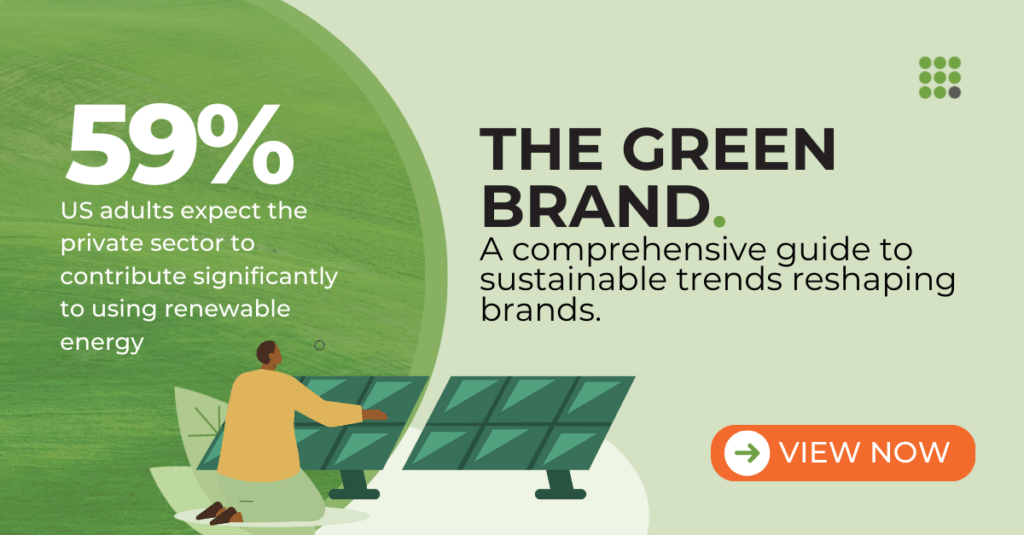

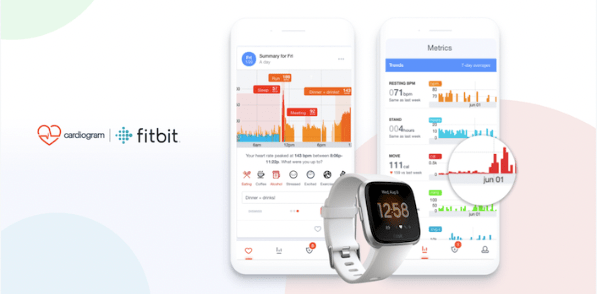


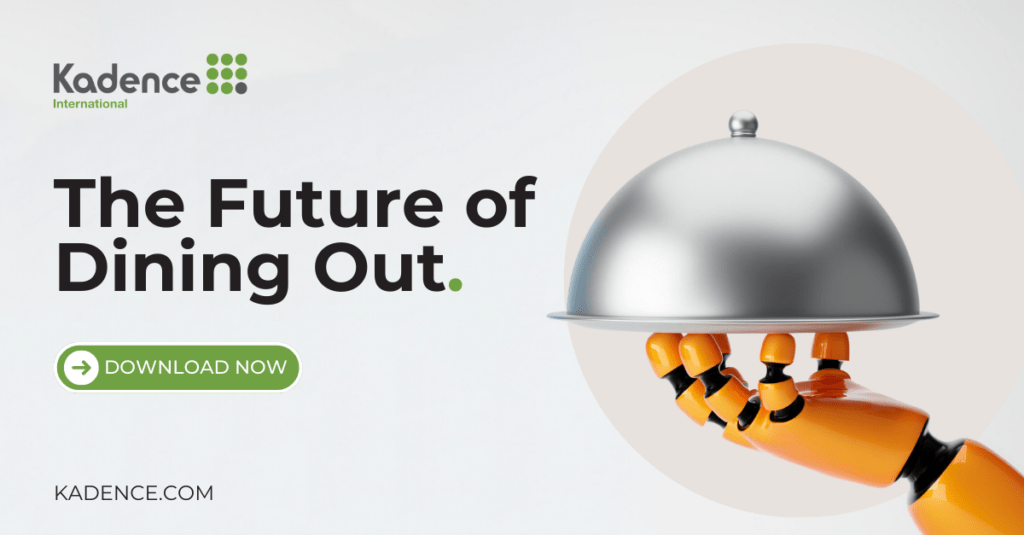

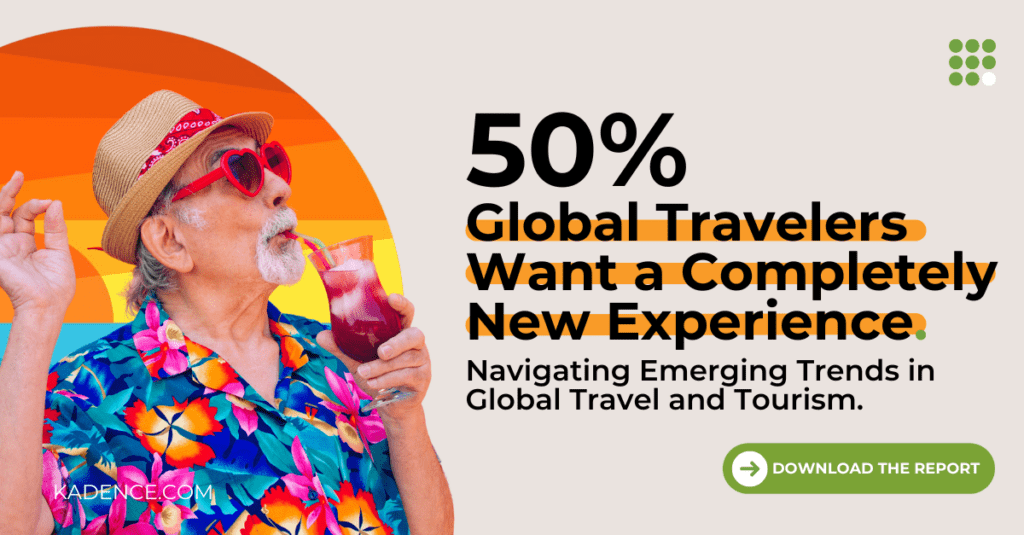



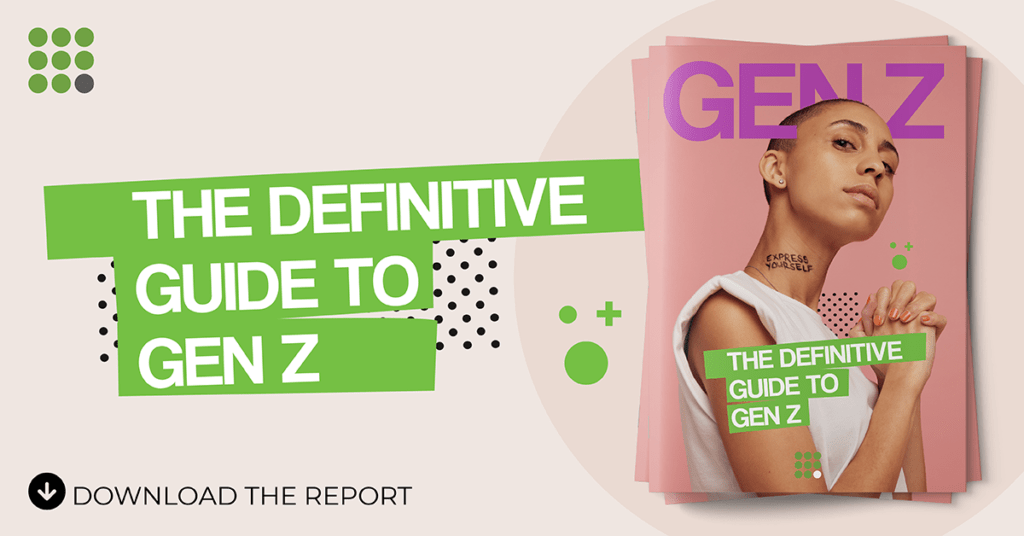


 Senior Marketing Executive
Senior Marketing Executive Sales & Marketing
Sales & Marketing General Manager PR -Internal Communications & Government Affairs
General Manager PR -Internal Communications & Government Affairs Vital Strategies
Vital Strategies
 Customer Intelligence Director
Customer Intelligence Director